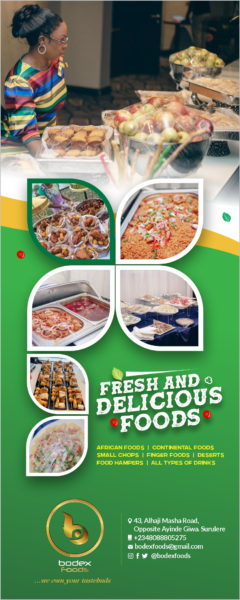Health
Seven bathroom safety tips to prevent accident
For many people, the bathroom is their favourite room in the house. However, due to its sleek, slippery yet hard surfaces, the bathroom can be one of the most dangerous places in a home.
According to the Centers for Disease Control and Prevention, about 235,000 people in the United States — over the age of 15 — visit emergency rooms every year due to injuries suffered in the bathroom.
Sadly, Murphy Afolabi, the Nollywood actor, recently died after slumping in the bathroom.
In this article, practical tips on how to reduce the risk of bathroom accidents and create a safe environment will be discussed.
- Introduce a non-slip surface in the bathroom
Most of the falls and accidents that happen in the bathroom are caused by slippery surfaces.
So the use of non-slip surfaces in the bathroom will reduce the risk of slips and falls as they provide traction and grip.
Remove those slippery rugs and carpets since they have been proven to be a common cause of fall injuries in the bathroom.
Replace them with non-slip surfaces like non-slip mats and decals. They are inexpensive and can be gotten easily.
However, even with the use of non-slip surfaces, it is important to always exercise caution and keep an eye on them to make sure they don’t loosen and create a tripping hazard.
- Install grab bars
Bathroom designs with grab bars may reduce the frequency of fall-related injuries in the bathroom.
Grab bars are a great way to provide stability and support while bathing. Also, it is an essential tool that provides support for recovery from unexpected balance loss and falls.
A study has shown a recovery of balance 75.8% more often for participants who used a grab bar than those without.
Place grab bars near the toilet, bathtub, and shower.
However, while installing your grab bars it is important to ensure that they are securely screwed on a stud or reinforced wall to prevent it from detaching.
- Improve accessibility
Ensure that the most used items including towels, soaps, and shampoo in the bathroom and toilet are within easy reach and at eye level.
Places where there is a limited danger of slip and fall when trying to reach out for the items. This tip is particularly significant to the shower area and bathtub.
- Improve visibility
Changes in the lighting of the bathroom and toilet can make a huge difference.
Installing adequate lighting in the bathroom is essential to prevent accidents. So use bright light bulbs to ensure that the bathroom and toilet are well-lit, especially during the night.
For extra caution, a proper lighting system can be created through the walkway right from the room to the bathroom.
- Keep the bathroom/toilet organized, clean, and dry
Bathroom safety can further be enhanced by making it organized and free of clutter.
Remove all items that can be tripped upon and avoid placing items such as trash cans, scales, and toilet brushes in the walk areas of the bathroom where they could cause a fall.
Also, wet floors can be slippery and increase the risk of falls.
So whenever you use the bathroom or toilet make sure to leave it clean and dry.
To avoid accidents, wipe any water spills or splashes immediately. A shower curtain can also be used to prevent water from the shower area get into other areas of the bathroom.
- Raising the toilet seat
This tip is significant if you are suffering from limited mobility or always find it hard to sit or stand from the toilet seat.
Installing a toilet seat raiser can make things easier when using the toilet and also prevent the risk of slip, fall, and other bathroom injuries.
- Take your time
Do not ever rush while stepping in or out of the shower or bathtub!!!
Rushing around is one of the major causes of bathroom accidents, as you’re not thinking about any potential hazards your bathroom has.
Always carefully step in or out of the shower and hold the grab bars if you need support.
Taking caution and careful steps will reduce the risk of slipping or falling.














